Hindu Nav Varsh
Hindu Nav Varsh
Hindu Nav Varsh, or the Hindu New Year, is celebrated with great devotion and joy across India, though on different dates in various regions according to local calendars. It generally falls in March–April, marking the arrival of spring and harvest season. The festival symbolizes new beginnings, prosperity, and spiritual growth. In Maharashtra and Goa, it is celebrated as Gudi Padwa, in Karnataka and Andhra Pradesh as Ugadi, in Punjab as Baisakhi, and in Gujarat as the start of the new Samvat. People clean their homes, worship deities, prepare sweets, and begin the year with prayers for peace and prosperity.
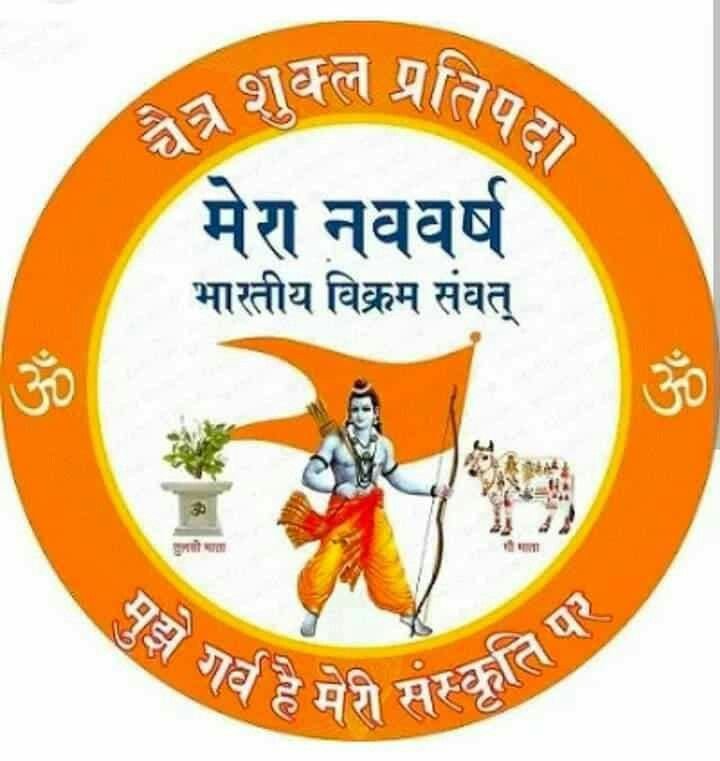

Hindu Nav Varsh is the celebration of the Hindu New Year, observed in different regions of India with unique traditions like Gudi Padwa, Ugadi, Baisakhi, and others. It symbolizes new beginnings, prosperity, and cultural unity, marked by prayers, festive meals, and joyful rituals to welcome a fresh year

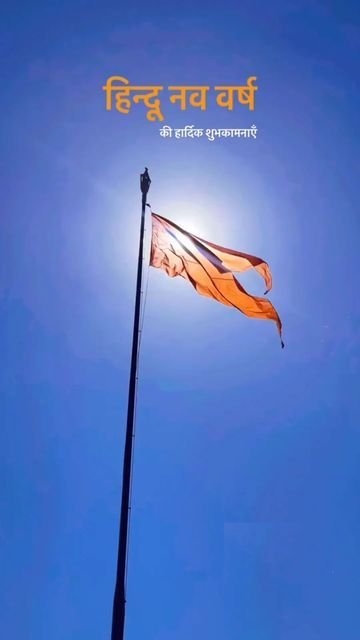

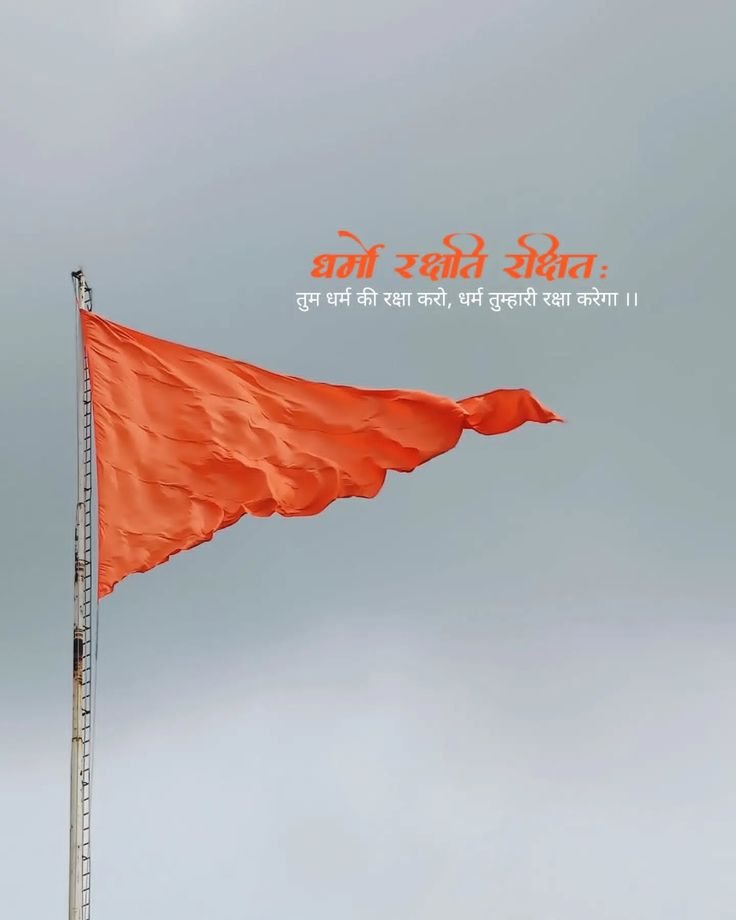


Rituals & Traditions of Tulsi Vivah

Hindu Nav Varsh, the Hindu New Year, is one of the most significant festivals celebrated across India, marking the beginning of a new era of prosperity, positivity, and spiritual growth. Unlike the English New Year celebrated on January 1, the Hindu New Year is based on the lunar and solar calendars and usually falls in March or April, coinciding with the month of Chaitra. It marks the arrival of spring, the harvest season, and the end of winter, symbolizing renewal and fresh beginnings.The Hindu New Year is celebrated under different names in various parts of India, each with unique traditions. In Maharashtra and Goa, it is observed as Gudi Padwa, where families hoist a decorated Gudi outside their homes, symbolizing victory and good fortune. In Karnataka, Andhra Pradesh, and Telangana, it is known as Ugadi, marked by the preparation of Ugadi Pachadi, a dish with six tastes representing the different emotions of life such as joy, sorrow, anger, fear, disgust, and surprise. In Punjab, the festival coincides with Baisakhi, a harvest festival celebrated with fairs, songs, and bhangra dance. In Gujarat, the New Year begins during Diwali with the start of the Vikram Samvat calendar, while in Kashmir it is celebrated as Navreh, and in Rajasthan as Thapna.The celebrations usually begin with cleaning and decorating homes, wearing new clothes, and offering prayers in temples. Families prepare festive meals and sweets, exchange greetings, and seek divine blessings for health, wealth, and happiness. Many people also start new ventures on this day, as it is believed to be highly auspicious.Beyond regional variations, Hindu Nav Varsh reflects the unity in diversity of Indian culture. It reminds people of the eternal cycle of nature — sowing, harvesting, and renewal — while encouraging them to begin the year with optimism and faith. The festival highlights the importance of spirituality, family bonding, and gratitude towards nature.Thus, Hindu Nav Varsh is not just the beginning of a calendar year but a celebration of life, hope, and cultural heritage, reminding everyone to embrace the future with positivity and devotion.
Spiritual Importance & Cultural Significance
Hindu Nav Varsh, or the Hindu New Year, is an auspicious festival celebrated with devotion and joy across India. Unlike January 1, which marks the modern New Year, the Hindu New Year is based on the lunar or solar calendar and usually falls in March–April, during the month of Chaitra. It symbolizes the arrival of spring, new beginnings, prosperity, and spiritual renewal.
Different regions of India celebrate Hindu Nav Varsh under unique names and traditions. In Maharashtra and Goa, it is observed as Gudi Padwa, where a decorated Gudi is hoisted to symbolize victory and good fortune. In Karnataka, Andhra Pradesh, and Telangana, the festival is called Ugadi, marked by preparing Ugadi Pachadi, a dish with six flavors representing life’s varied experiences. In Punjab, it coincides with Baisakhi, a harvest festival celebrated with cultural fairs and dances. Gujarat begins its New Year during Diwali with the Vikram Samvat calendar, while Kashmir observes Navreh, and Rajasthan celebrates Thapna.
The day is marked with cleaning homes, wearing new clothes, temple visits, festive meals, and prayers for health and prosperity. Hindu Nav Varsh beautifully represents India’s unity in diversity, combining faith, culture, and hope for a better future.
Hindu Nav Varsh is celebrated across India to mark the beginning of the Hindu New Year, usually in March–April. Known as Gudi Padwa, Ugadi, Baisakhi, and Navreh in different regions, it symbolizes new beginnings, prosperity, and spirituality. People worship, prepare sweets, and welcome the year with joy.
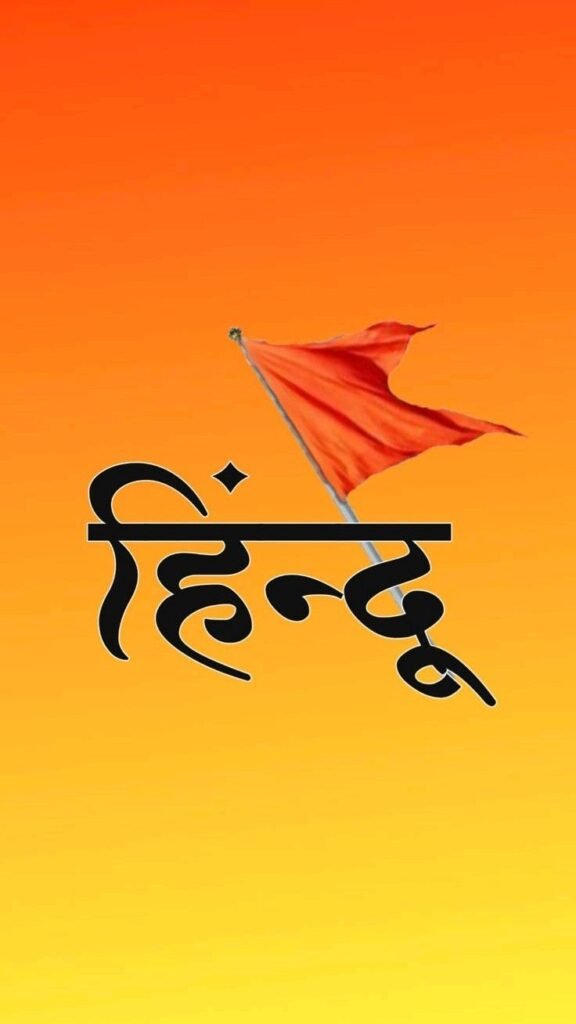

Modern Celebrations
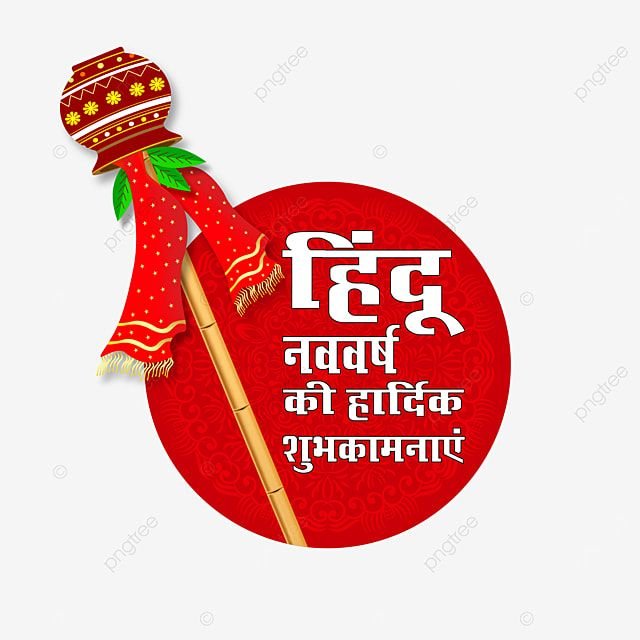
Hindu Nav Varsh, or the Hindu New Year, is a festival of joy, faith, and cultural unity. Unlike January 1, which follows the Gregorian calendar, the Hindu New Year is based on lunar or solar calculations and usually falls in March–April, during the month of Chaitra. It signifies the arrival of spring, the harvest season, and the renewal of life, making it an auspicious time for fresh beginnings.
The festival is celebrated across India under different names, each with its own traditions. In Maharashtra and Goa, it is known as Gudi Padwa, when people hoist a decorated Gudi at their homes to symbolize victory, prosperity, and protection. In Karnataka, Andhra Pradesh, and Telangana, it is celebrated as Ugadi, where families prepare Ugadi Pachadi, a dish with six different tastes symbolizing life’s varied emotions. In Punjab, the same period is observed as Baisakhi, which is both a harvest festival and an occasion of cultural gatherings, dances, and fairs. Gujarat celebrates its New Year during Diwali with the Vikram Samvat calendar, while Kashmir observes Navreh, and Rajasthan celebrates Thapna.Common customs include cleaning and decorating homes, wearing new clothes, visiting temples, preparing sweets, and offering prayers for health, happiness, and prosperity. Many people also start new ventures on this day, as it is considered highly auspicious.Hindu Nav Varsh is more than just the start of a calendar year. It represents the unity in diversity of India, connecting people through faith, tradition, and hope. The festival inspires individuals to welcome the year with positivity, gratitude, and devotion, while celebrating both cultural richness and spiritual renewal.




















































